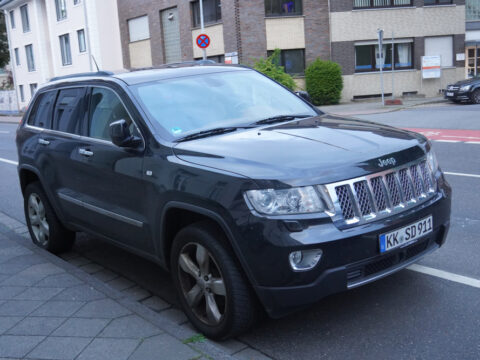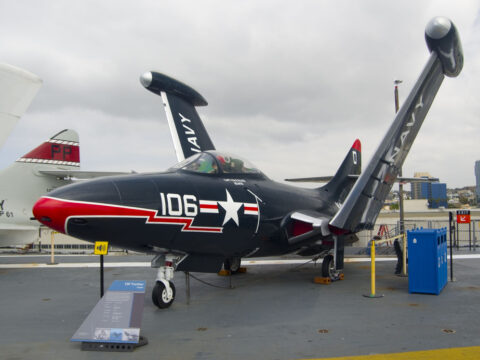High-speed trains have revolutionized rail travel, with continuous advancements improving speed, efficiency, and passenger comfort. Major steps forward in high-speed train development include the introduction of streamlined aerodynamic designs, which reduce air resistance and enable faster travel. Innovations in track technology, such as magnetic levitation (maglev), have further pushed speed limits while enhancing safety and smoothness. Electric power has also replaced older systems, making these trains more environmentally friendly. In this article, we’ll explore these key developments and how they’ve shaped the future of high-speed rail, transforming it into a faster, cleaner, and more sustainable mode of transportation.
Contents
Shinkansen “Bullet Train” (1964) – The World’s First High-Speed Rail
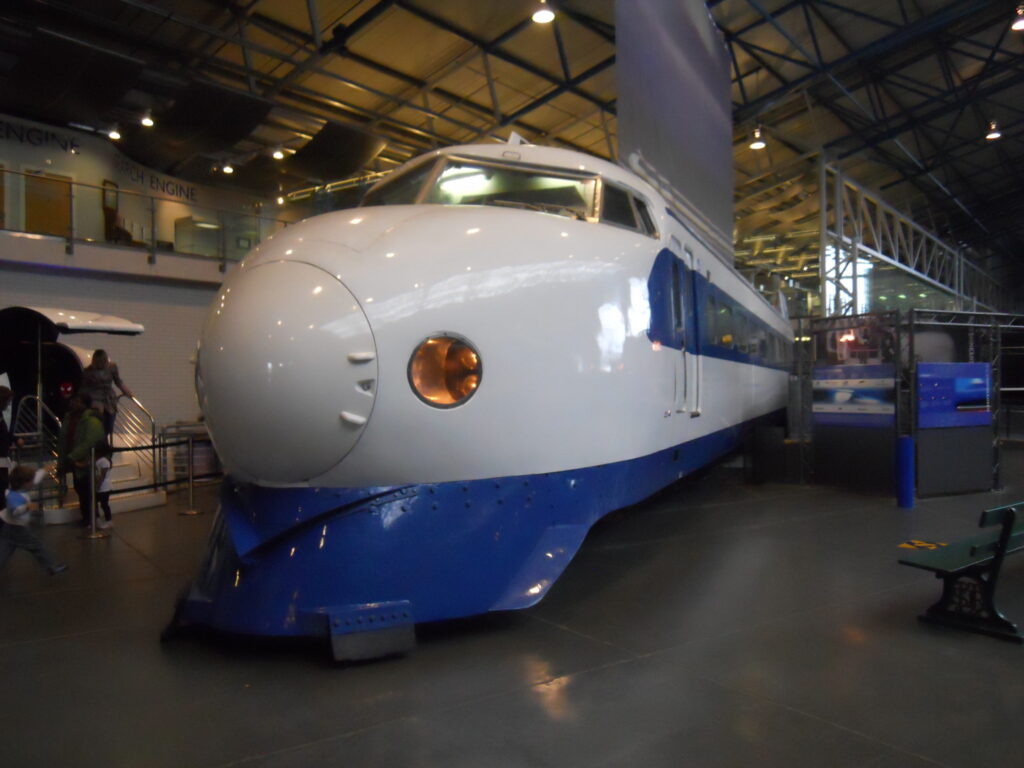
Japan’s introduction of the Shinkansen, or “Bullet Train,” in 1964 marked a major step forward in high-speed train development. Capable of reaching speeds of 130 mph (210 km/h), the Shinkansen revolutionized rail travel, significantly reducing travel times between Tokyo and Osaka. The train’s aerodynamic design, combined with dedicated high-speed tracks, allowed for unprecedented speed and efficiency. This development set the standard for modern high-speed rail and demonstrated the potential for fast, reliable train services in urbanized nations.
TGV (Train à Grande Vitesse) – France’s High-Speed Success (1981)
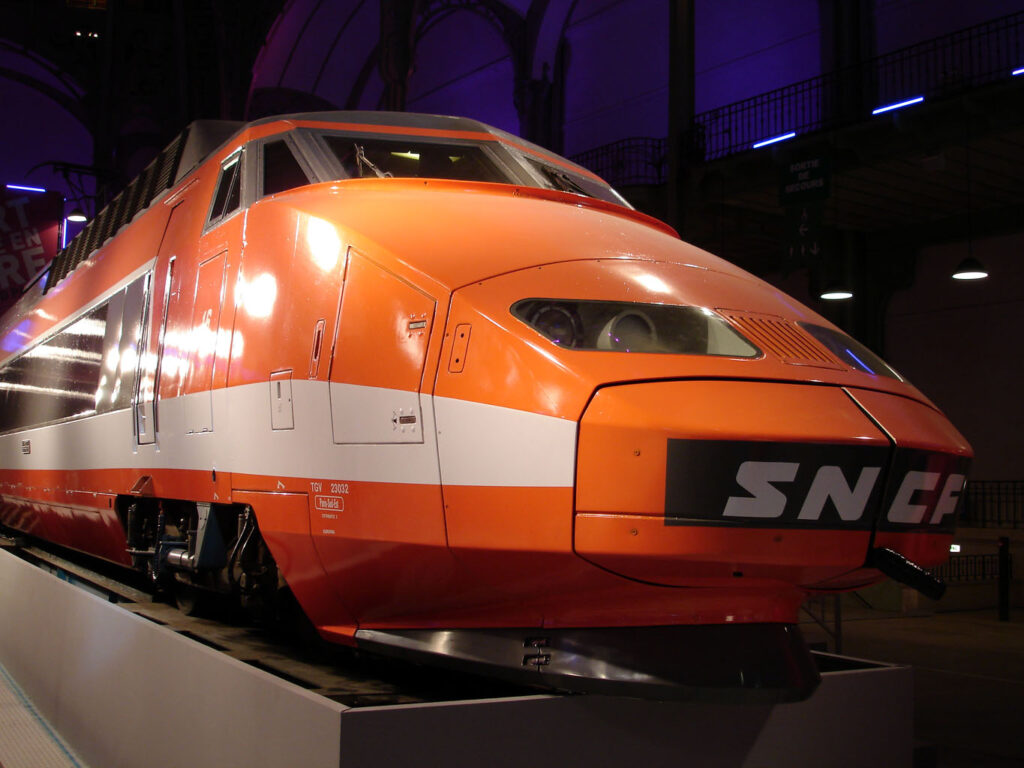
France’s TGV, first introduced in 1981, became a cornerstone in high-speed rail, setting a world record of 168 mph (270 km/h) upon its launch. The TGV connected Paris with Lyon and later expanded throughout France and neighboring countries. Its electric traction system and tilting technology made it one of the most advanced high-speed trains at the time. The TGV’s success spurred global interest in high-speed rail and solidified France’s leadership in the industry, with the TGV network continuing to evolve and break speed records.
Maglev Technology – The Birth of Magnetic Levitation (1984)
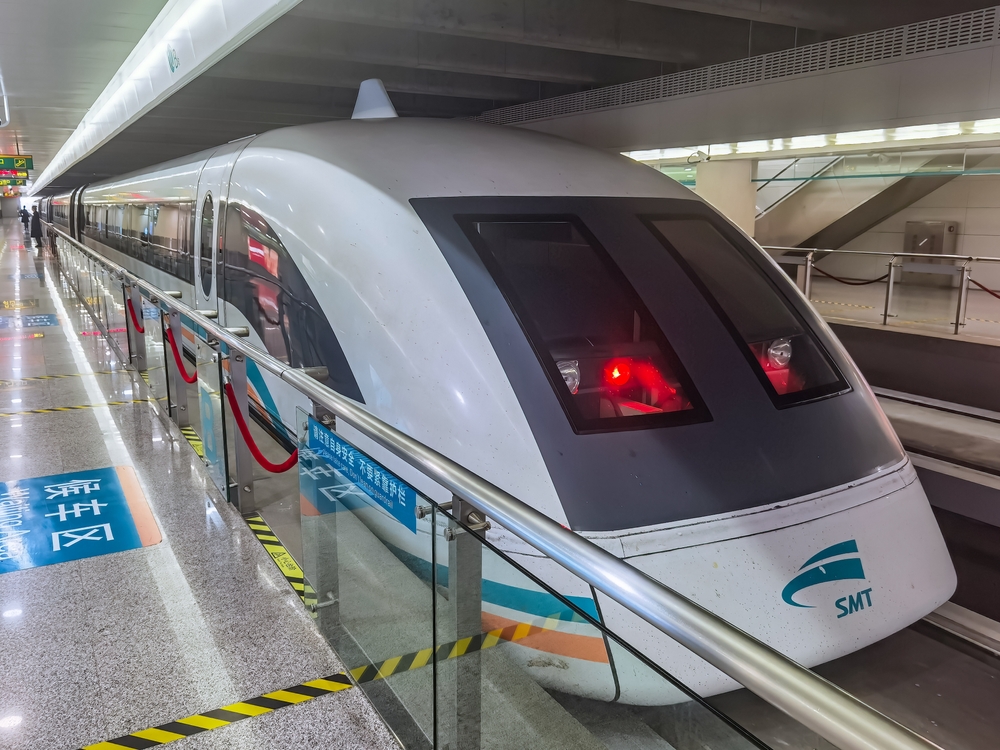
In 1984, Japan opened its first maglev (magnetic levitation) train line, marking a significant technological leap in high-speed rail. Maglev trains, like the Linimo line in Nagoya, use powerful magnets to float above the tracks, eliminating friction and allowing for speeds up to 311 mph (500 km/h). This groundbreaking technology promised smoother rides, quieter operation, and lower maintenance costs due to the lack of physical contact between the train and tracks. Maglev technology represents the future of ultra-high-speed rail, with ongoing projects in Japan, China, and Germany.
Eurostar – Connecting the UK and Mainland Europe (1994)
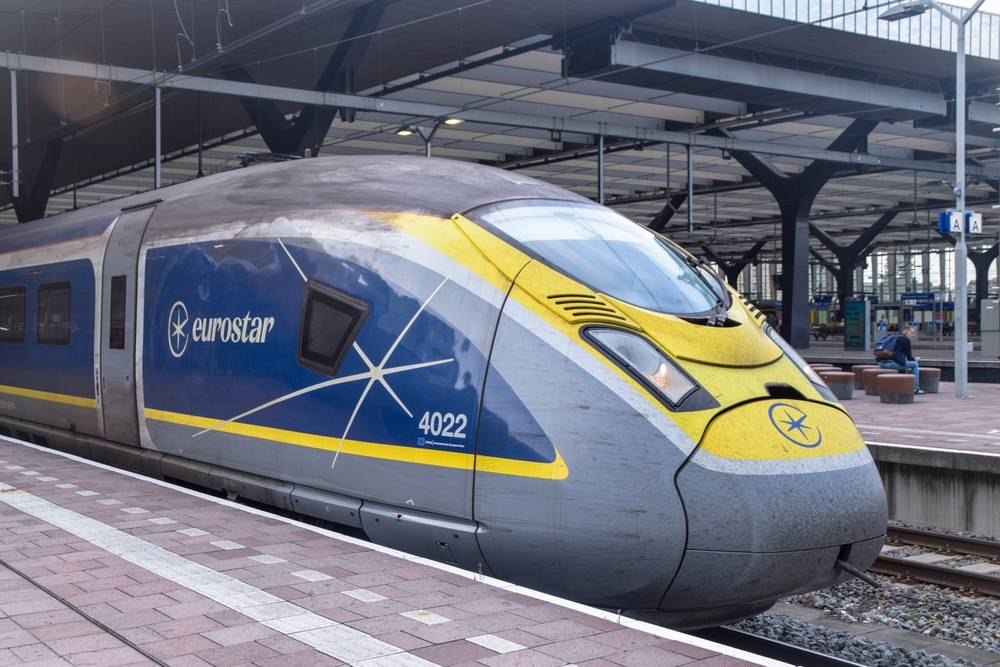
The introduction of the Eurostar in 1994 was a significant milestone in high-speed rail, connecting the UK to mainland Europe through the Channel Tunnel. Capable of speeds up to 186 mph (300 km/h), the Eurostar reduced travel time between London, Paris, and Brussels to just a few hours. This cross-border rail service revolutionized travel between the UK and Europe, offering a fast and environmentally friendly alternative to air travel. Eurostar’s success demonstrated the feasibility of high-speed rail for international travel and led to further expansion of high-speed networks in Europe.
China’s First High-Speed Rail Line (2007)
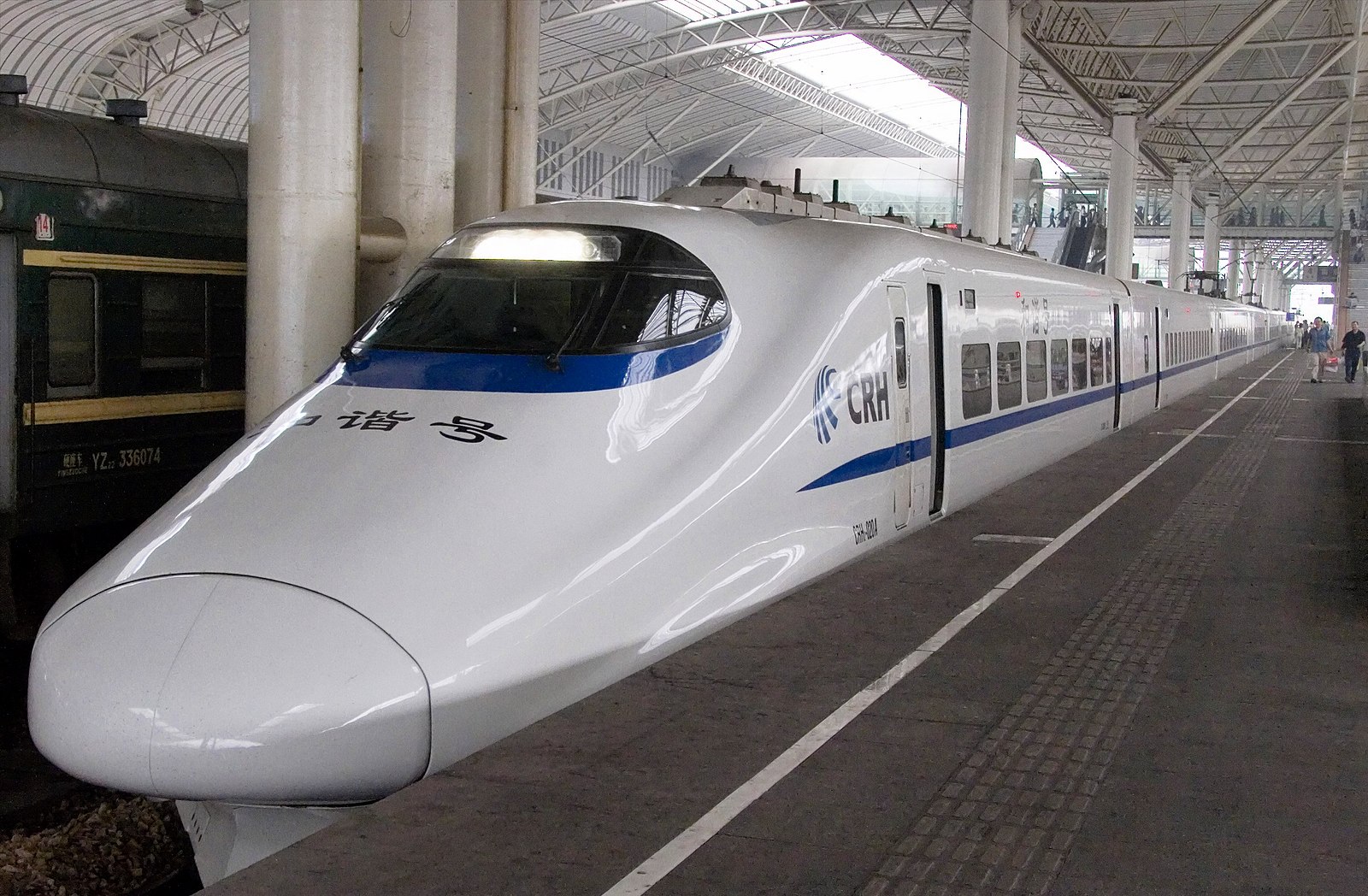
China’s first high-speed rail line, the Beijing-Tianjin Intercity Railway, opened in 2007 and was a major step forward in the country’s infrastructure development. With trains reaching speeds of 217 mph (350 km/h), this line marked the beginning of China’s rapid expansion of high-speed rail, which now boasts the world’s largest high-speed rail network. The success of this line demonstrated China’s commitment to modernizing transportation, significantly reducing travel times between cities and fostering economic growth. China’s high-speed rail network has since become a model for other nations.
ICE (InterCity Express) – Germany’s High-Speed Revolution (1991)
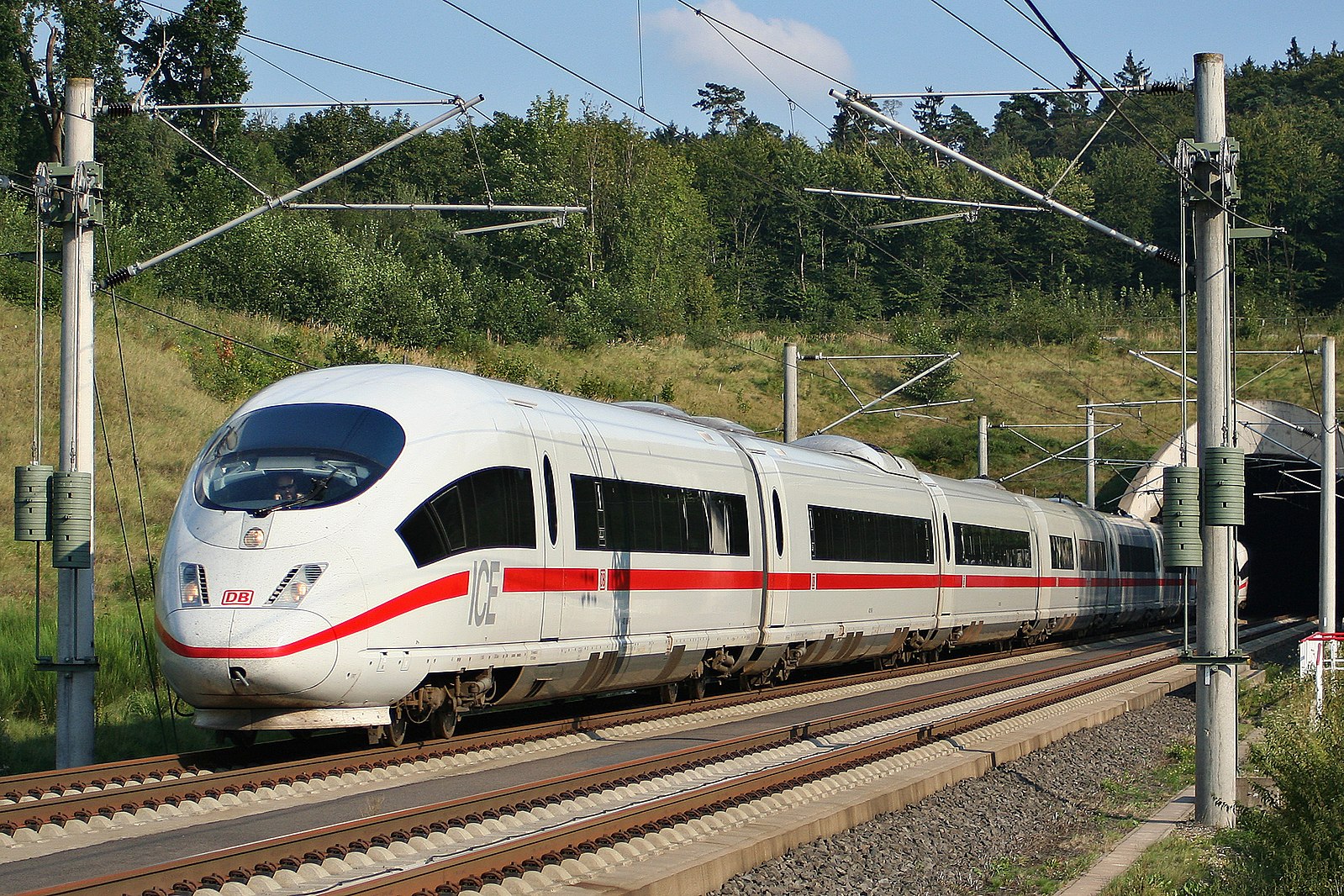
Germany’s ICE trains, introduced in 1991, were a key development in high-speed rail, providing fast and comfortable service between major German cities. With top speeds of 186 mph (300 km/h), the ICE trains featured advanced safety systems, such as tilting carriages and automatic braking, which improved passenger comfort and operational efficiency. The ICE network expanded across Europe, connecting Germany to neighboring countries like France, Belgium, and the Netherlands. The ICE trains are a symbol of German engineering and have set a high standard for high-speed rail in Europe.
Spain’s AVE Network (1992)
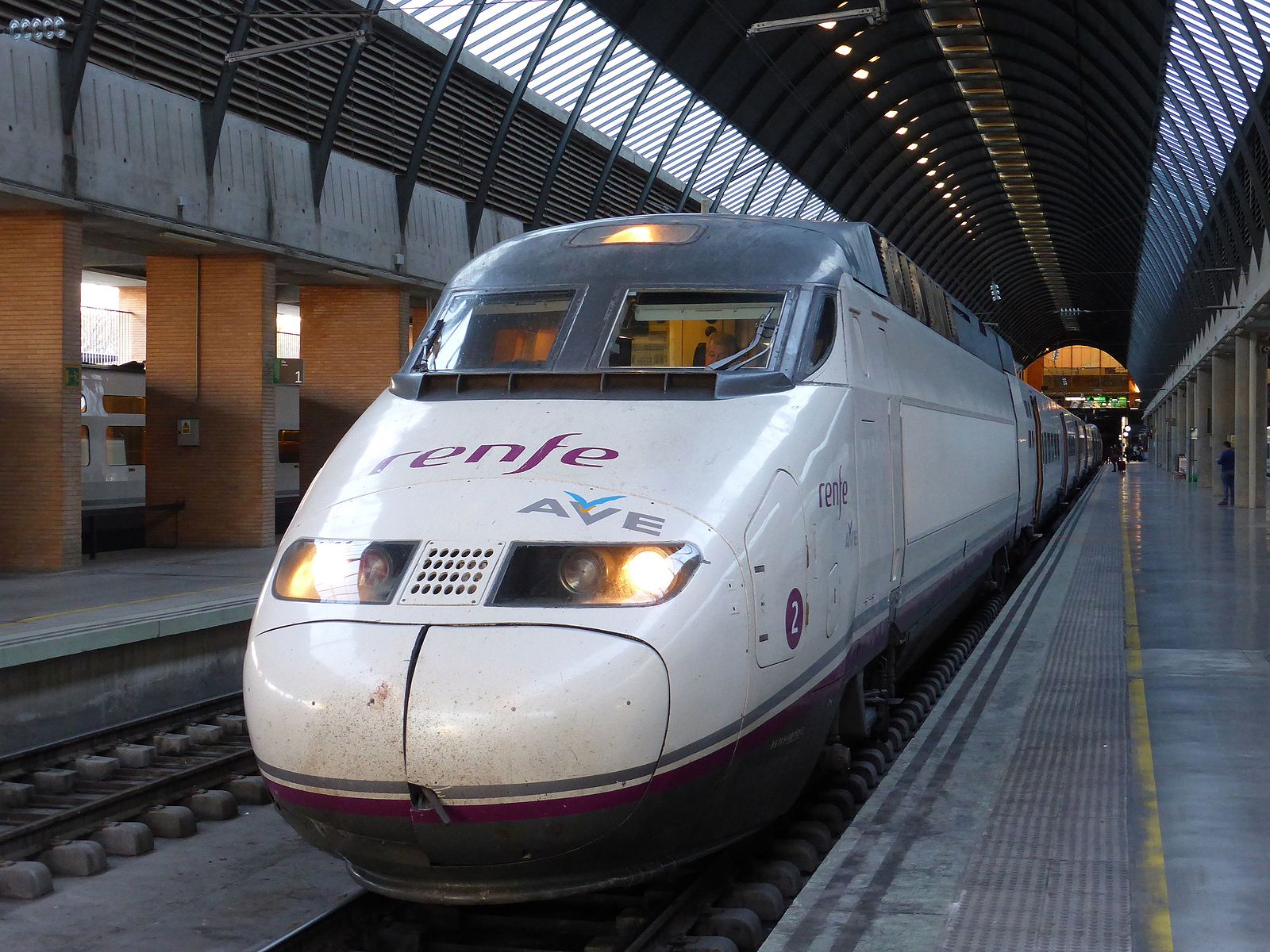
Spain’s AVE (Alta Velocidad Española) high-speed train network, launched in 1992, marked a major step in Europe’s high-speed rail expansion. The AVE connected Madrid and Seville, significantly reducing travel time and boosting economic ties between regions. The trains reached speeds of up to 186 mph (300 km/h) and featured modern amenities such as comfortable seating and onboard entertainment. The success of the AVE network led to its rapid expansion across Spain, making it one of the most extensive high-speed rail networks in Europe.
China’s CRH380A – Breaking Speed Records (2010)
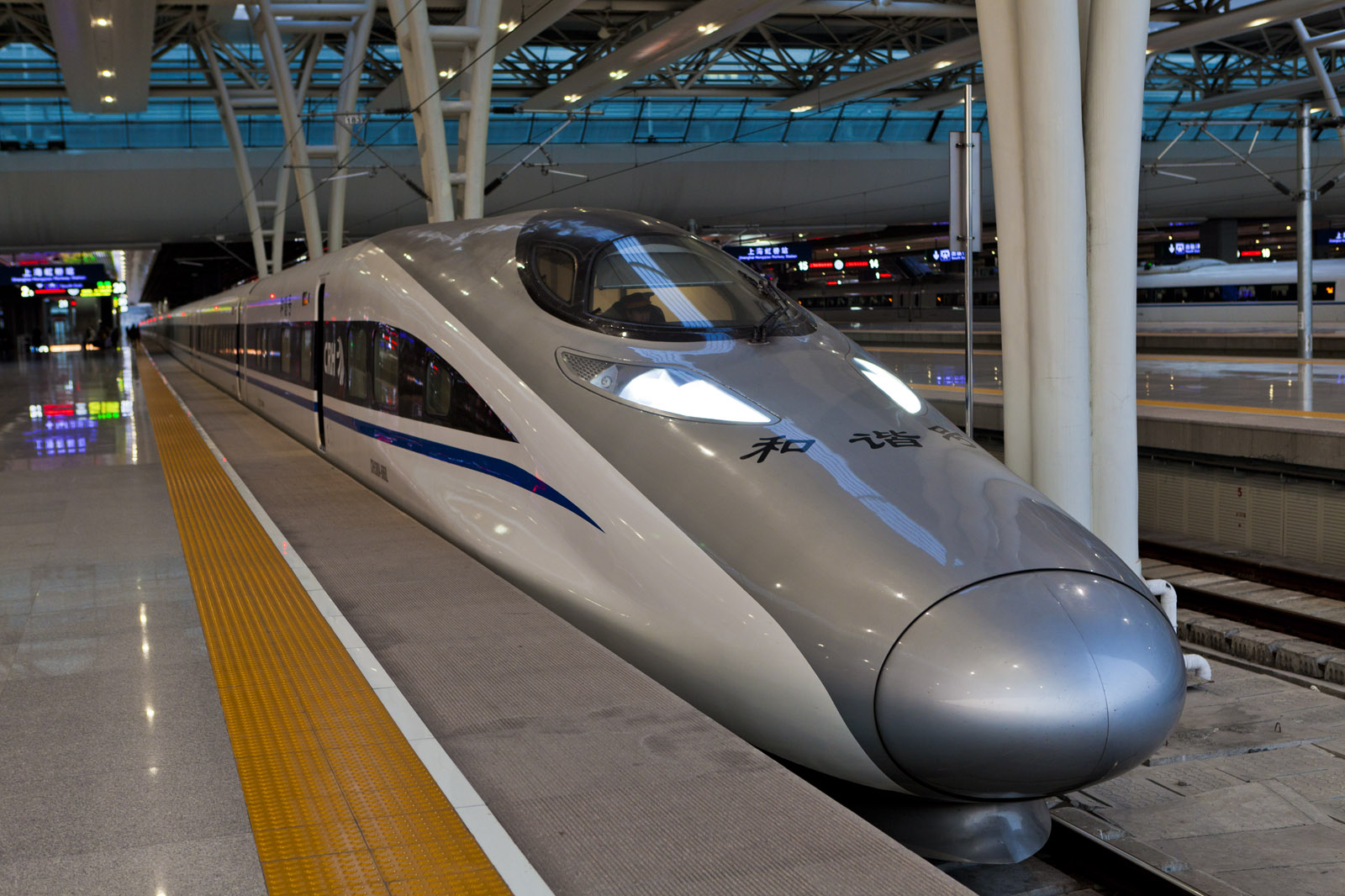
China’s CRH380A high-speed train, introduced in 2010, set a new benchmark for speed in rail transport. The CRH380A achieved speeds of 236 mph (380 km/h) during regular service and a record-breaking 302 mph (486 km/h) during tests. Designed with advanced aerodynamics, noise reduction features, and enhanced passenger comfort, the CRH380A demonstrated China’s technological prowess in high-speed rail. This train became a symbol of China’s commitment to expanding its high-speed rail network and continues to play a key role in reducing travel times across the country.
Taiwan High-Speed Rail (2007)

Taiwan’s high-speed rail system, which opened in 2007, marked a significant milestone for the island’s transportation infrastructure. Running from Taipei to Kaohsiung, the system reduced travel time from five hours to just 90 minutes, with trains reaching speeds of 186 mph (300 km/h). The development of this rail system was based on Japan’s Shinkansen technology, ensuring reliability and safety. Taiwan’s high-speed rail has transformed travel on the island, making it easier for commuters and tourists to traverse the country efficiently.
Italy’s Frecciarossa 1000 (2015)
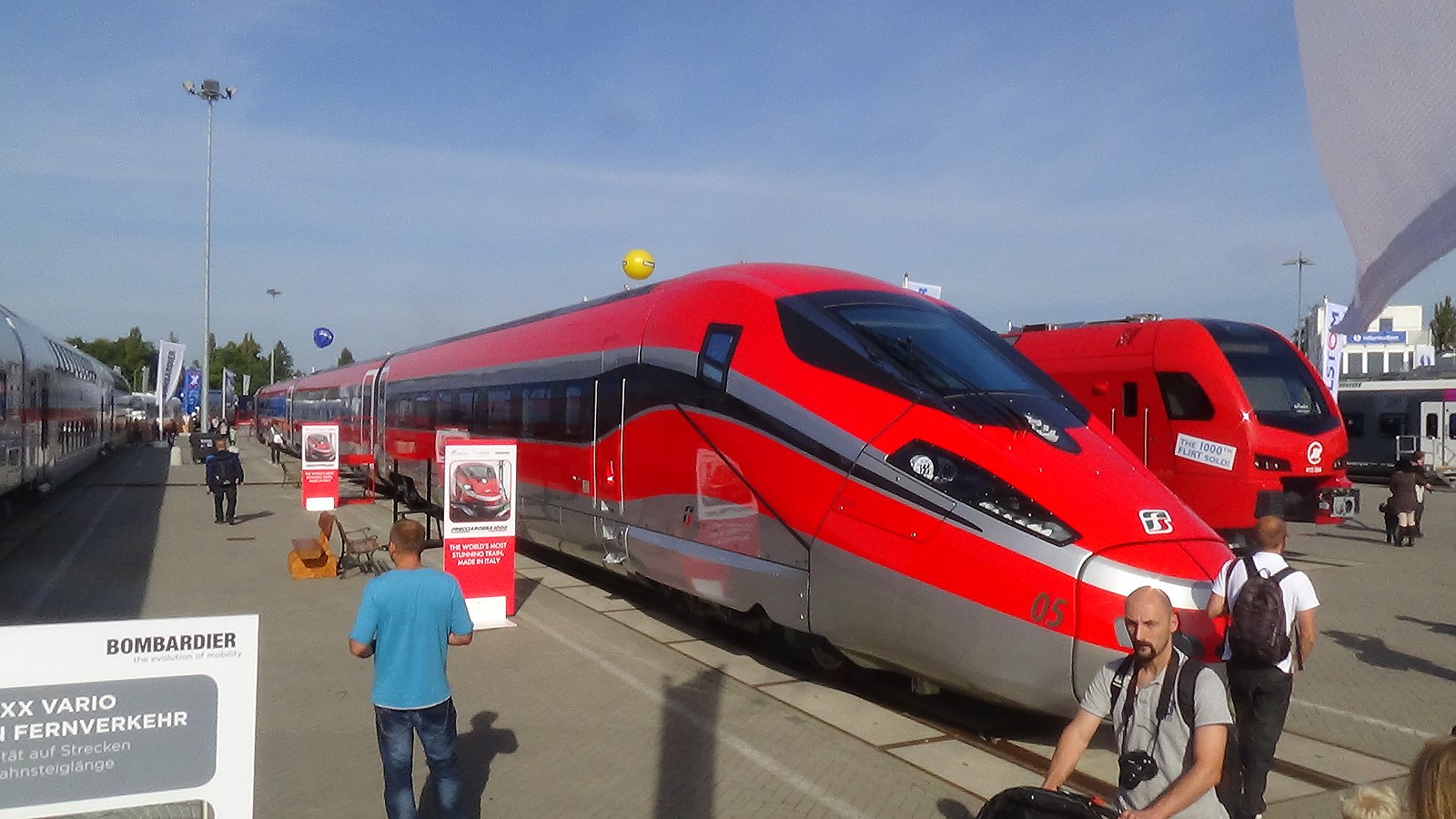
The Frecciarossa 1000, introduced in 2015, represents the pinnacle of high-speed rail in Italy. Capable of reaching speeds of up to 248 mph (400 km/h), this train is one of the fastest in Europe. Its sleek design and advanced engineering, including energy-efficient features and enhanced safety systems, have made it a model of modern high-speed rail. The Frecciarossa 1000 operates on the Italian high-speed network, connecting major cities like Rome, Milan, and Naples, significantly reducing travel times and offering passengers a luxurious and efficient travel experience.
China’s Fuxing Trains (2017)
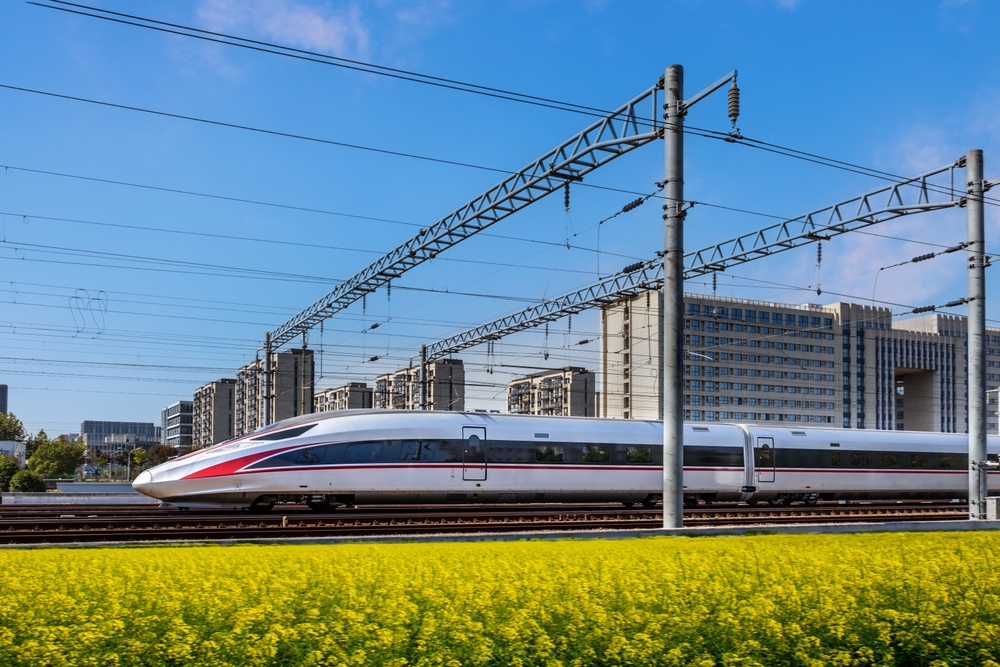
China’s Fuxing high-speed trains, launched in 2017, are among the fastest and most advanced in the world. Capable of reaching speeds of 217 mph (350 km/h), the Fuxing trains are equipped with cutting-edge technology, including real-time monitoring systems, automatic speed control, and energy-efficient designs. These trains run on China’s expanding high-speed rail network, providing rapid connections between major cities like Beijing, Shanghai, and Guangzhou. The introduction of the Fuxing trains solidified China’s position as a global leader in high-speed rail innovation.
Spain’s ERTMS Technology (1992)
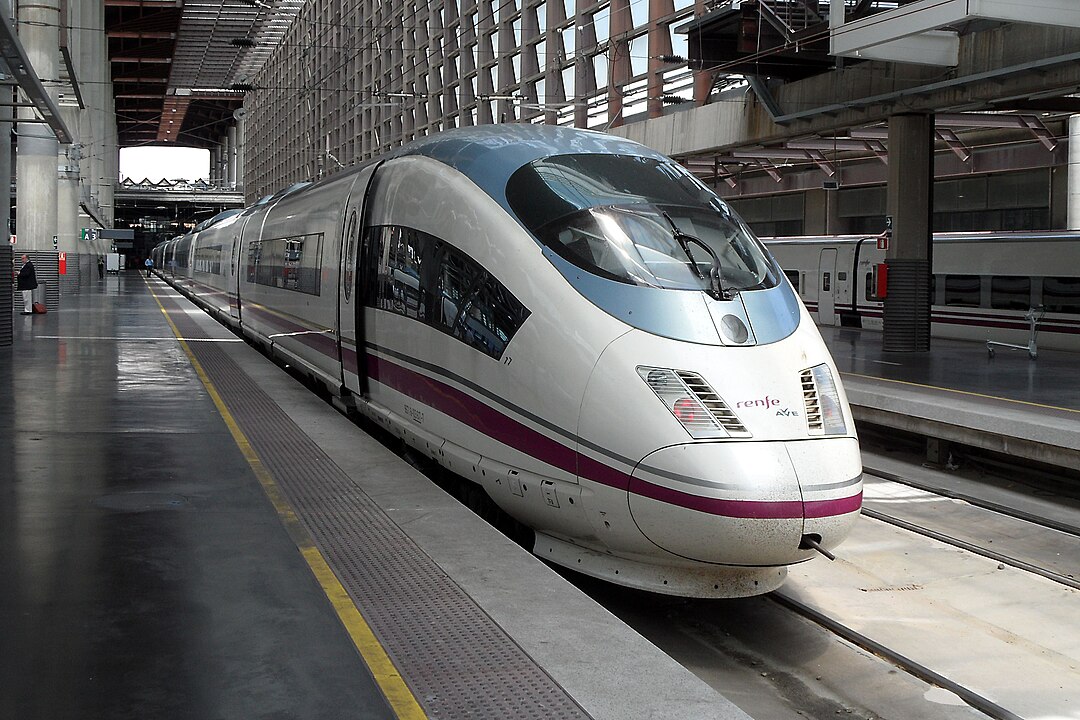
The European Rail Traffic Management System (ERTMS), first implemented in Spain’s AVE network in 1992, was a major technological breakthrough in high-speed rail. ERTMS standardizes train control systems across different countries, allowing trains to operate safely and efficiently across borders. By improving communication between trains and infrastructure, ERTMS enhances safety, reduces delays, and allows for higher speeds. This system has since been adopted by other high-speed rail networks across Europe, facilitating international high-speed rail travel and improving overall efficiency.
Amtrak Acela Express – High-Speed Rail in the U.S. (2000)

The Acela Express, introduced by Amtrak in 2000, brought high-speed rail to the U.S. for the first time. Running along the Northeast Corridor between Boston, New York, and Washington, D.C., the Acela reaches speeds of up to 150 mph (241 km/h). While not as fast as European or Asian counterparts, the Acela significantly reduced travel times between major East Coast cities and provided a competitive alternative to air travel. The success of the Acela Express demonstrated the potential for high-speed rail in the U.S. and spurred discussions on expanding high-speed rail networks nationwide.
Thalys – Cross-Border High-Speed Rail (1996)
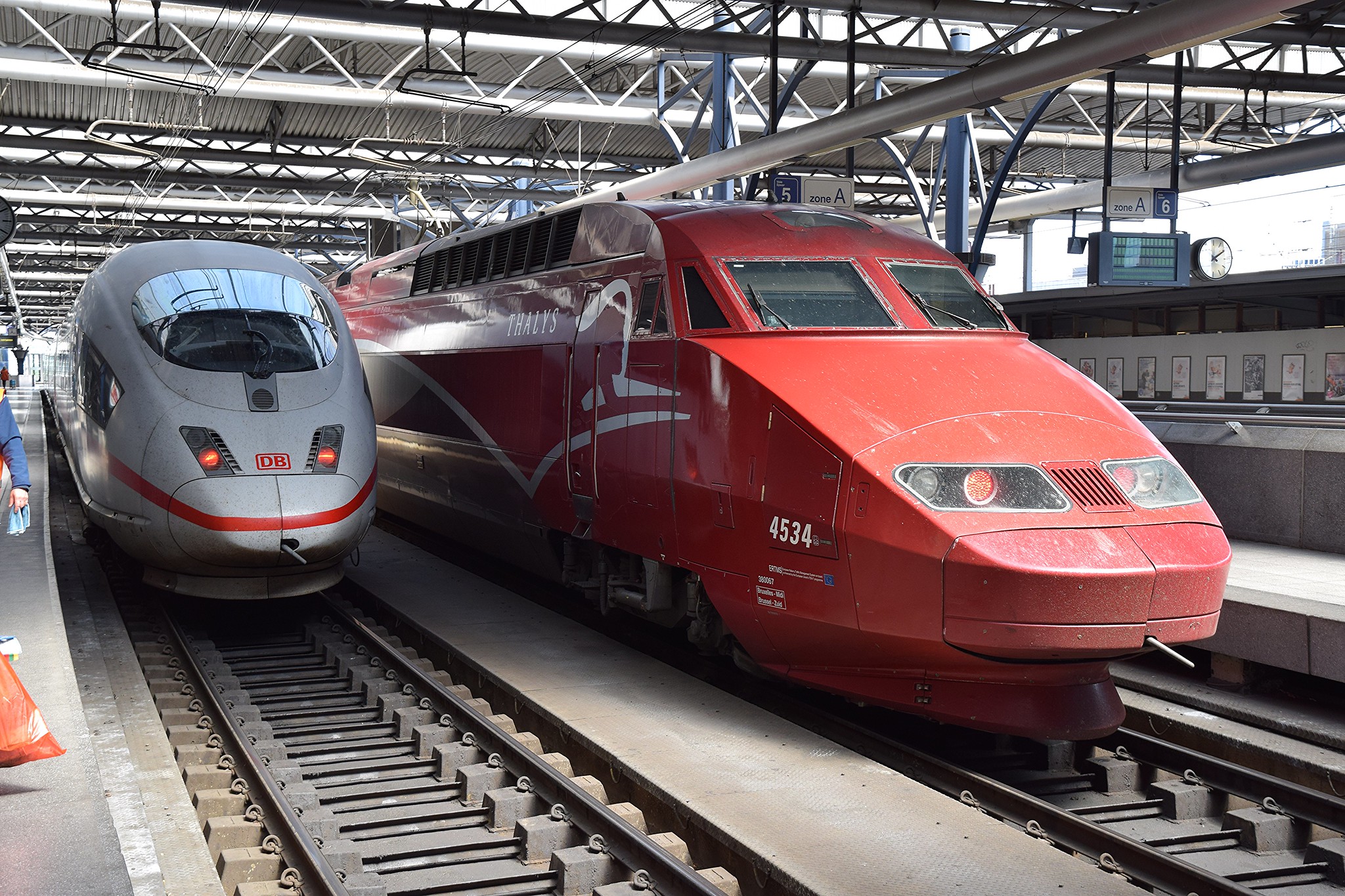
Thalys, launched in 1996, was a major step forward in cross-border high-speed rail in Europe. Connecting Paris, Brussels, Amsterdam, and Cologne, Thalys trains reach speeds of up to 186 mph (300 km/h) and offer fast, efficient travel across multiple countries. The Thalys service demonstrated the feasibility of high-speed rail as a convenient and sustainable alternative to air travel for international trips within Europe. Thalys has become a model for cross-border high-speed rail cooperation, streamlining travel between major European cities.
South Korea’s KTX (Korea Train Express) (2004)
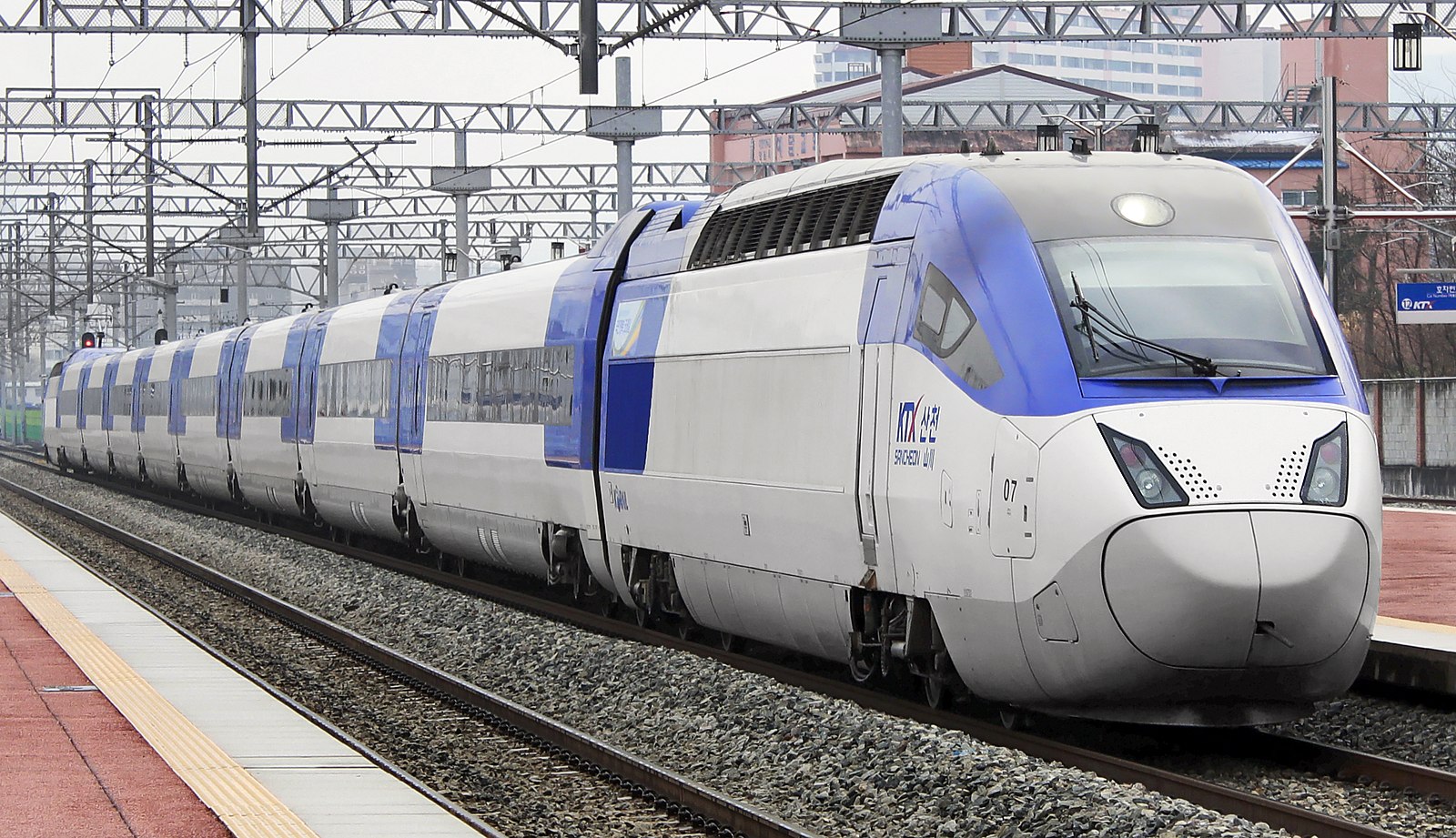
South Korea’s KTX, introduced in 2004, marked a significant milestone in Asia’s high-speed rail development. Based on French TGV technology, the KTX trains operate at speeds of up to 190 mph (305 km/h), connecting major cities like Seoul, Busan, and Daegu. The KTX drastically reduced travel times across the country, boosting both domestic tourism and economic growth. South Korea’s commitment to expanding and modernizing its high-speed rail network continues to improve mobility and reduce road and air congestion.
Morocco’s Al Boraq (2018) – Africa’s First High-Speed Train
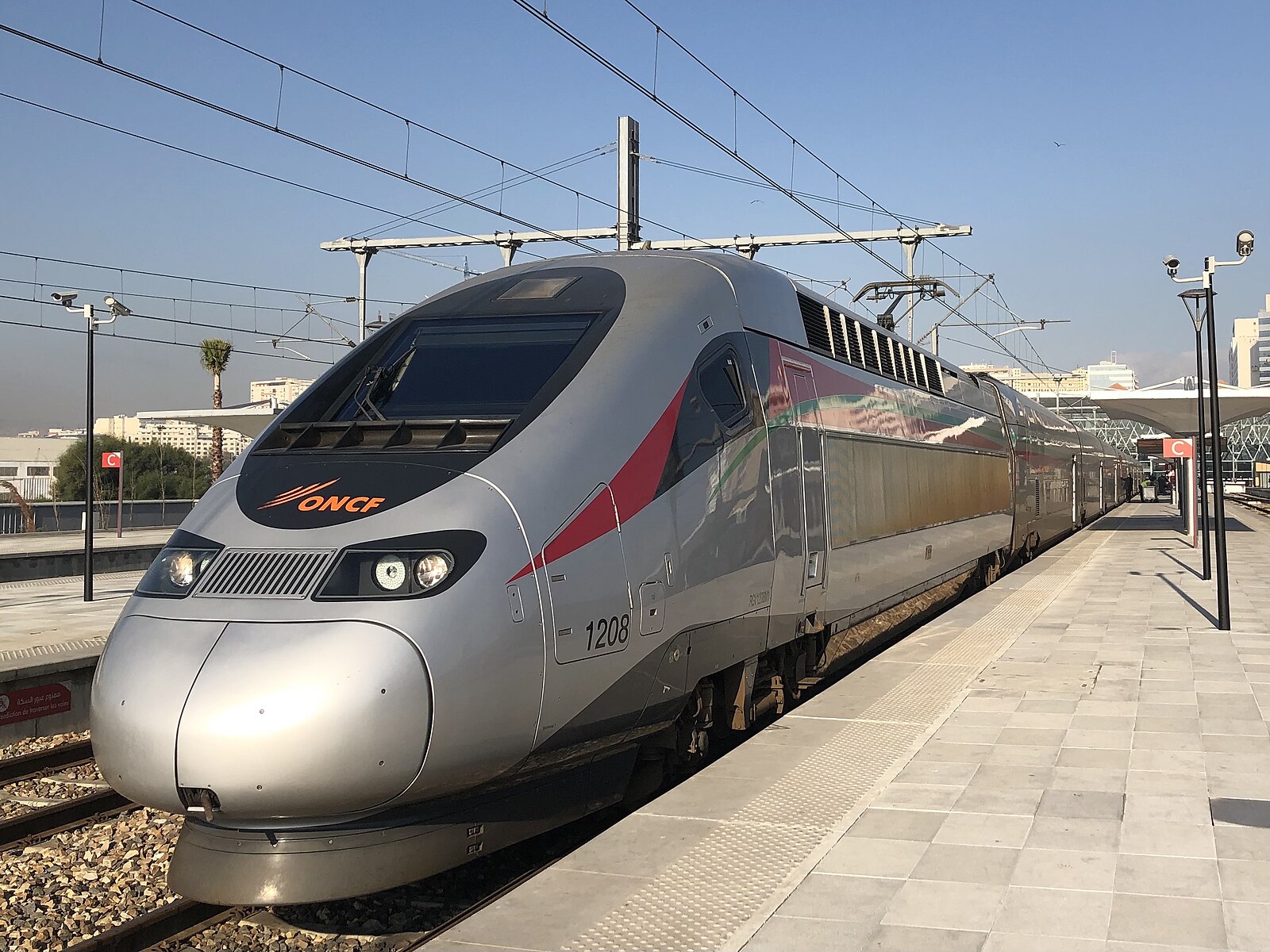
In 2018, Morocco introduced Al Boraq, Africa’s first high-speed train, connecting Tangier and Casablanca. The train reaches speeds of up to 199 mph (320 km/h), cutting travel times between the two cities from nearly five hours to just over two. Al Boraq represents a significant investment in Africa’s infrastructure and positions Morocco as a leader in high-speed rail on the continent. The success of Al Boraq has spurred discussions about expanding high-speed rail networks in other African nations.
Hyperloop Concept – A Potential Future of High-Speed Rail (2013)
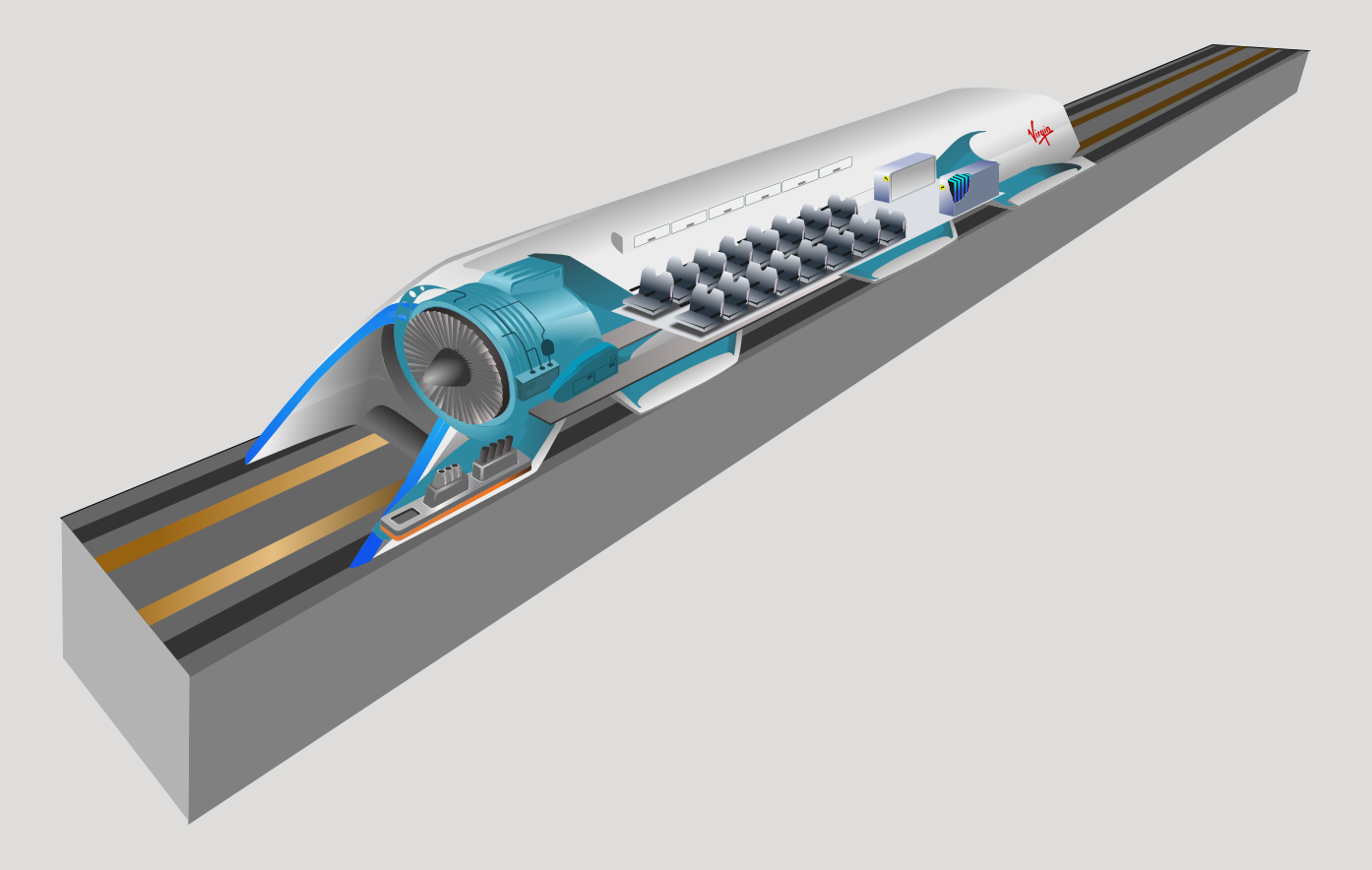
In 2013, Elon Musk introduced the Hyperloop concept, which promises to revolutionize high-speed travel by using low-pressure tubes to transport pods at speeds of up to 760 mph (1,223 km/h). While still in development, the Hyperloop represents a potential next step in high-speed rail technology, offering faster travel times and lower energy consumption. Several companies, including Virgin Hyperloop and SpaceX, are working on developing this futuristic transportation system, which could drastically reduce travel times between major cities.
China’s High-Speed Rail Expansion (2010-2020)
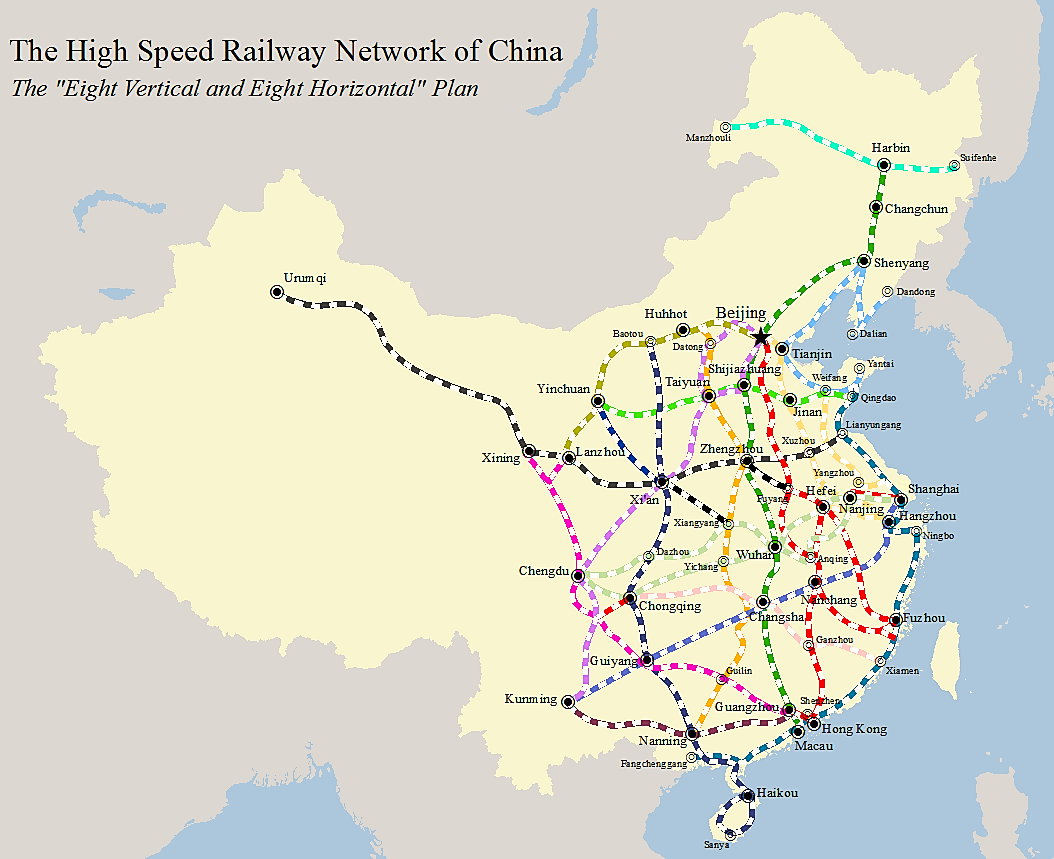
Over the past decade, China has rapidly expanded its high-speed rail network, now boasting over 22,000 miles (35,000 km) of high-speed rail tracks, the largest in the world. This expansion has connected nearly every major city in China, with trains reaching speeds of up to 217 mph (350 km/h). The vast network has transformed domestic travel, reducing congestion on roads and at airports while fostering economic growth. China’s high-speed rail development serves as a model for other nations looking to modernize their infrastructure.
French TGV V150 – Breaking Speed Records (2007)
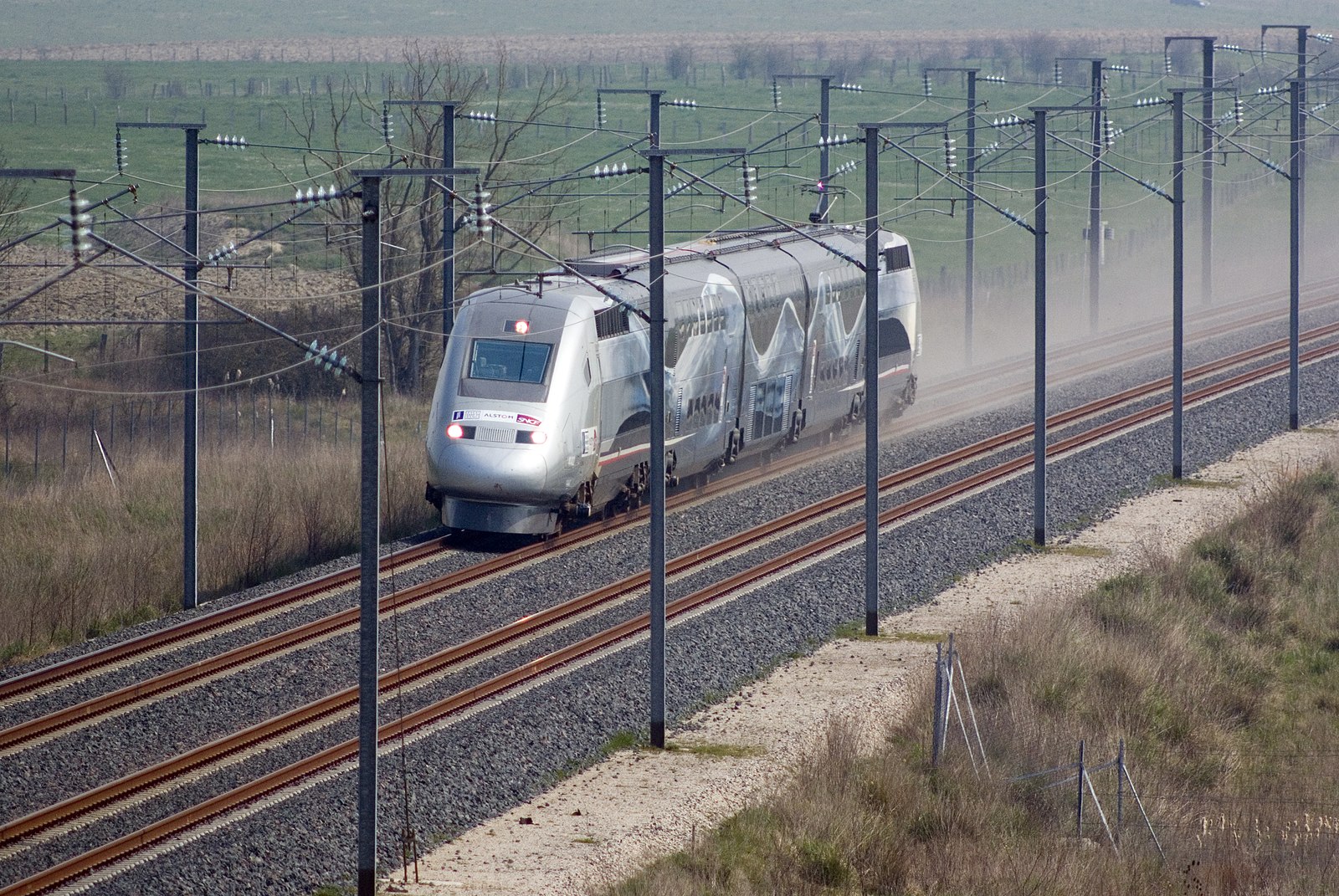
In 2007, a specially modified TGV train, known as the V150, set a world speed record for conventional rail, reaching 357 mph (574 km/h). This demonstration of French engineering showcased the potential for high-speed rail to push the boundaries of speed while maintaining safety and comfort. While the V150 was a one-off experiment, the lessons learned from this project have informed the design of future high-speed trains, helping improve aerodynamics and performance.
India’s High-Speed Rail Ambitions (2023)
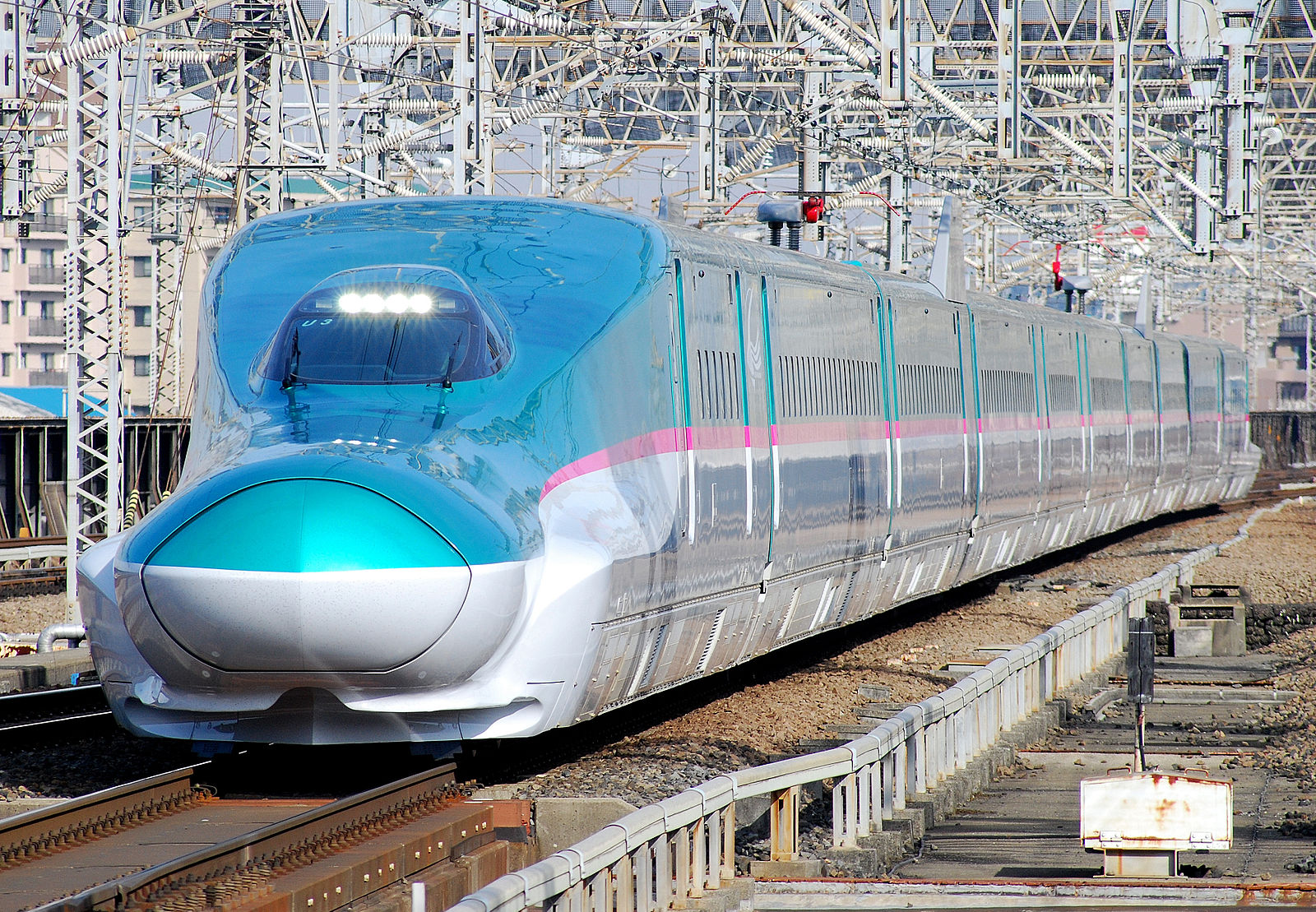
India’s first high-speed rail project, the Mumbai-Ahmedabad corridor, is expected to be operational by 2023. Using Japan’s Shinkansen technology, the trains will reach speeds of 199 mph (320 km/h), drastically reducing travel times between these two major cities. This project represents a significant step forward in modernizing India’s transportation infrastructure, offering a more efficient and sustainable alternative to road and air travel. The success of this project could lead to further high-speed rail development in India, connecting more cities across the vast country.
This article originally appeared on MyCarMakesNoise.
More from MyCarMakesNoise
20 Top-Selling Lincolns That Defined the Brand
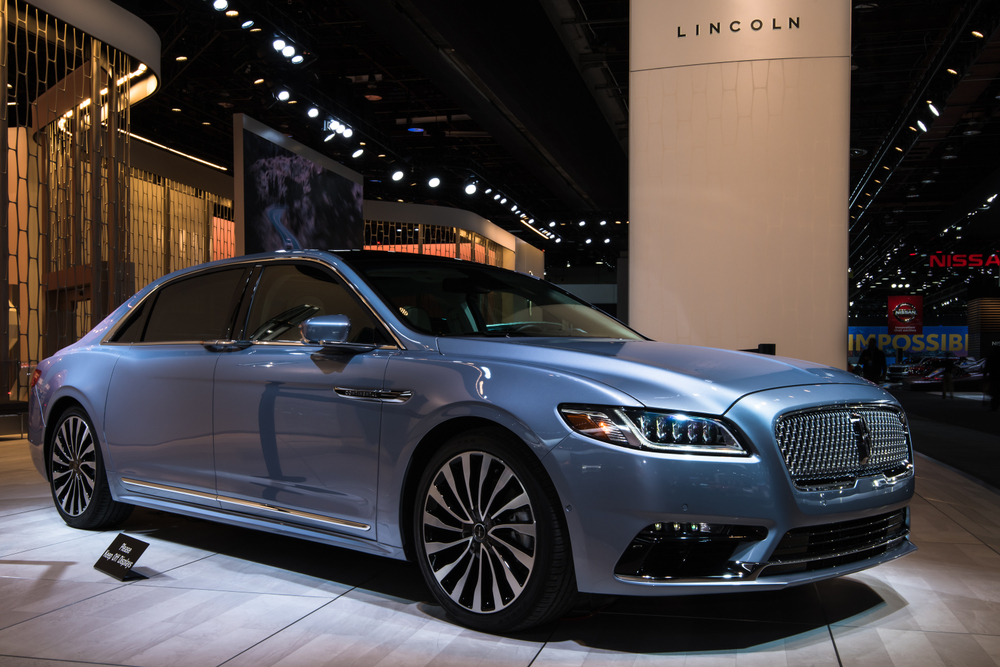
From classic sedans to modern SUVs, these Lincolns have left a lasting mark on the automotive world. Read More.
15 Most Hated Design Flaws in Classic Cars
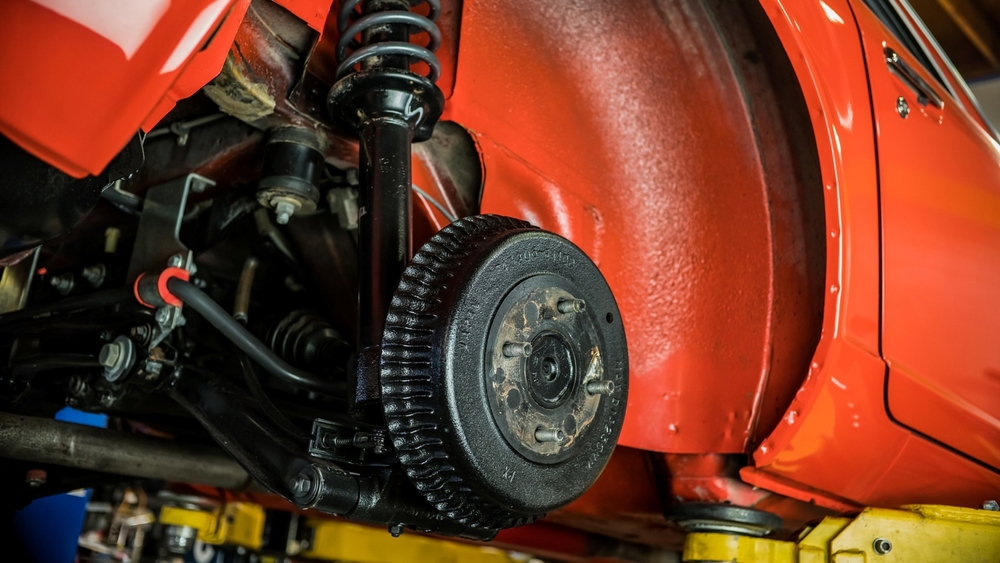
Classic cars have a timeless appeal, but they aren’t perfect. Many enthusiasts and collectors encounter frustrating design flaws that can make owning and maintaining these beauties a challenge. Read More.
10 Budget-Friendly RVs for First-Time Buyers

Venturing into the world of RV travel can be exhilarating, but the wide range of options and prices can be overwhelming for first-time buyers. This is why choosing a budget-friendly RV that doesn’t compromise on quality and essential features is crucial. Read More.


